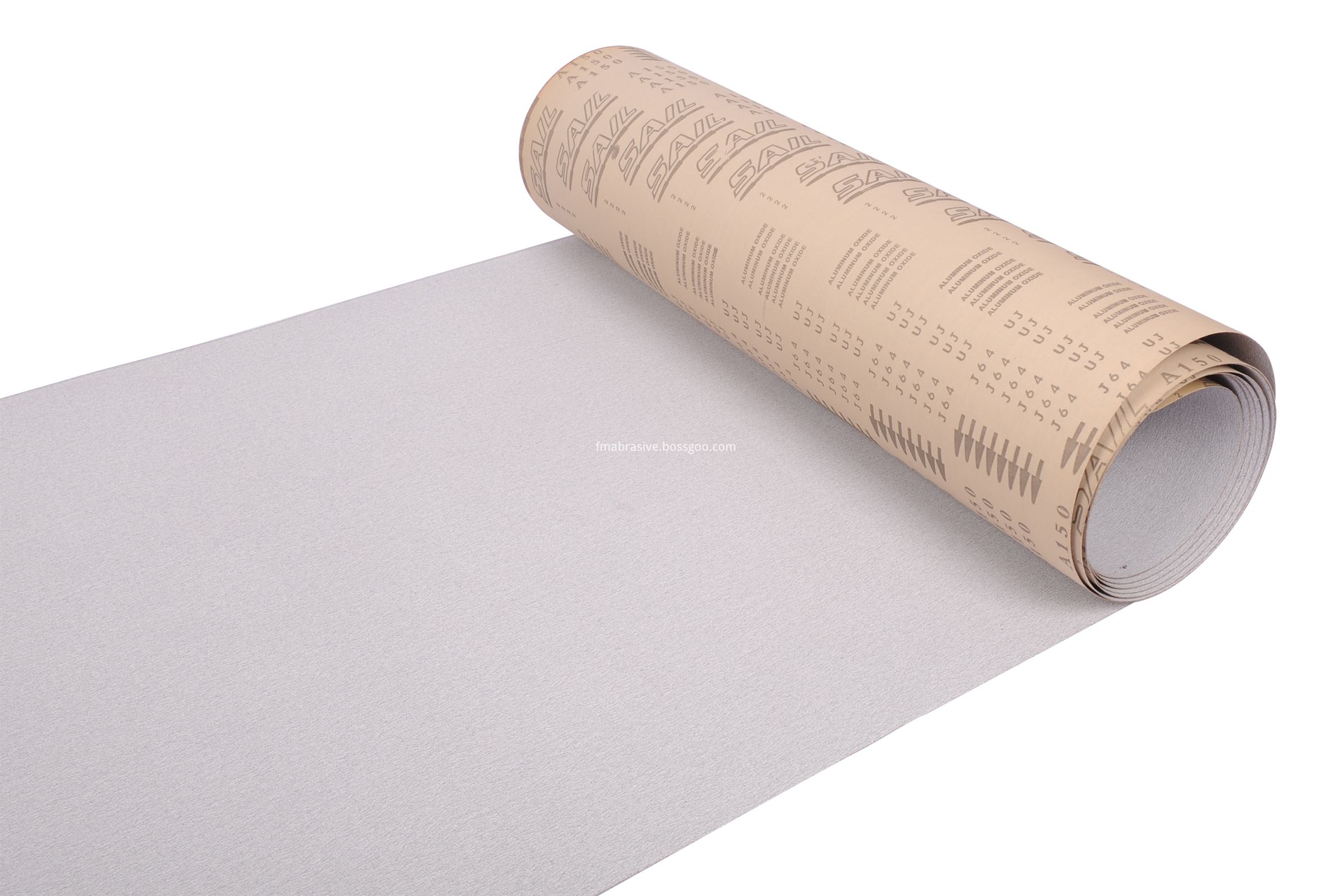Compare the world's top ten PV manufacturers' share in the world market from 2005 to 2010. From this one can surprisingly find two big changes:
First, the world’s top ten PV companies accounted for a very large change in market share. In 2005, the world's top ten PV companies accounted for 72.8% of the market share, while in 2010 it accounted for only 39.8%.
Second, the difference in the respective market share of the top ten photovoltaic companies is also shrinking. In 2005, Sharp, Japan's largest PV company, accounted for 24% of the world's production, while the last SolarWord accounted for only 2%. The difference between the two is 12 times. In 2010, the market share of the world's largest company, First Solar, was 5.8%, and the last market share of Gintech in Taiwan was 2.4%, which was a difference of 2.4 times. We describe the changes in the market share of the world's top ten PV companies from 2005 to 2010.
It can be seen from the above that the market share of the top ten photovoltaic companies is decreasing year by year, but it is gradually slowing down in the past three years. This phenomenon shows that as the entire PV industry gradually expands in scale, competition becomes more complete and monopoly continues to weaken. From another perspective, this phenomenon indicates that the difficulty of a single photovoltaic company becomes very large after its scale has been extended to a certain extent. Therefore, it is difficult for these companies to further expand their scale after reaching a production capacity level. The disparity in the size of each enterprise is getting smaller and smaller, and the proportion in the total scale has gradually shrunk.
So why did this happen? We believe that its disease originated from the volatility of the photovoltaic market.
The scale of solar cell manufacturers is constantly expanding, with annual sales exceeding 10 billion yuan. The amount of liquidity needed for such large production is very large, but such a large amount of sales is a single product, and the final shipment is all sun. Battery modules are also relatively single-unit market, so such large sales are controlled by the laws of the single market. Once the European PV market fluctuates, the company will be in a standstill as a whole, and once the inventory is increased due to poor market, funds cannot be recovered. Enterprises will have a hard time coping with. And the bigger the company is, the harder it is to support it.
In 2010, Wuxi Suntech produced the world's second largest PV output at 1585 MW. According to 2010, the average selling price was about 15 yuan per watt. The annual output was about 23.8 billion yuan, which required a monthly output of 1.98 billion yuan. If there are sudden changes in the market and poor sales, such as the sudden change in the European market, causing the backlog of Chinese products, then it is difficult for companies to support such a huge capital demand. Even if they can get from banks, their financial costs will be high. It's amazing.
It is reported that JAA will expand its production capacity to 3GW in 2011. We believe its risk is quite large. If calculated at 12 yuan per watt, the annual output will be 36 billion yuan, and the average monthly output value will reach 3 billion yuan. If there is a problem with the market or silicon supply, the financial status of the company will be rapid. deterioration.
Throughout the market since 2004, the photovoltaic industry has always been developing in various fluctuations. At the beginning of the market, the market was very good, but the supply of silicon materials was not good, enterprises had to pay advance payments; then there was an economic crisis and the market had problems. The economic crisis and policy changes have made the fluctuation of the industry the norm. This situation makes it difficult for companies to do very much.
According to the general economic laws, people always think that the larger the scale of the enterprise, the greater the ability to resist risks. However, the special nature of solar cell manufacturing industry currently determines that such a rule may not necessarily apply. The large downward fluctuations in the photovoltaic market that took place in Europe this time, many people think that there will be industry reshuffle, many small businesses will close down, and large companies are the ultimate winners. The author believes that the collapse of many small businesses will become a reality, but the losses of big companies will be even more severe. Although large companies will not fail, the industrial structure we see after the crisis will be the further dispersion of concentration and industry competition. Will be more full.
Semi-friable aluminum oxide is a kind of high-grade corundum synthesized by some advantages of brown corundum and white corundum. Its friability is between white corundum and brown corundum. Its grinding performance is unique, and its application range is wide. Semi-friable aluminum oxide has good toughness and self-sharpening. It can be used in the manufacture of ceramic grinding tools, resin grinding tools and coated abrasives. The bonded abrasive tools with semi-friable aluminum oxide have high durability, good self sharpening and retention. Under the same conditions, the surface quality, the processing efficiency and the durability of the grinding tools which produced from semi-friable corundum are better than those of brown, white, chromium and single crystal corundum when processing some workpieces. For rough grinding, the machining efficiency can be improved, and the surface quality of the workpiece can be improved by fine grinding.

Semi-Friable Aluminum Oxide Abrasive Cloth
Semi-Friable Aluminum Oxide Abrasive Cloth,Middle Soft Emery Cloth,Sand Cloth For Narrow Belt,Semi-Friable Aluminum Oxide Emery Cloth
Jiangsu Fengmang Compound Material Science & Tech Group CO.,LTD , http://www.fmabrasive.com